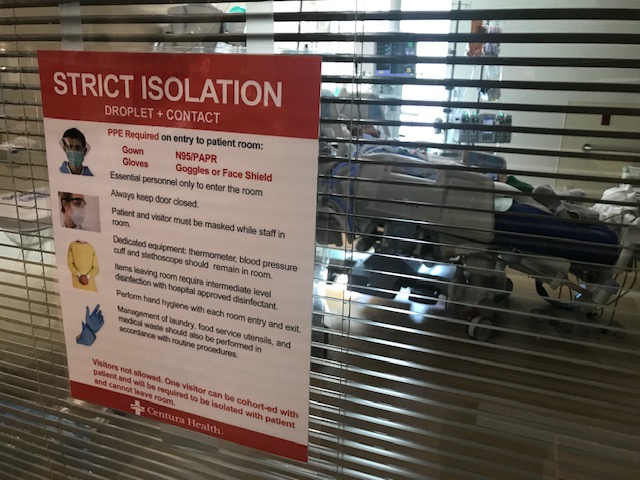COVID-19 is proving to be the virus that keeps on giving. As in, giving people symptoms months after infection.
The CDC reports the most common long-term symptoms are fatigue, shortness of breath, cough, joint pain and chest pain. Other symptoms include difficulty thinking and concentrating (known as”brain fog,”) depression, sleep disturbance and headaches.
The Lancet recently published a study on the long-term effects on COVID survivors. It found that 76% of more than 1700 patients showed at least one symptoms six months after their initial treatment.
Even people who “recover” from COVID, may have a long and challenging road ahead. Follow-up from related SARS virus outbreaks in 2003 and 2004 showed that 40% of survivors had fatigue more than three years after infection. And 38% showed evidence of lung damage at 15 years.
The pandemic is not a “bad cold.” Long-term sequela can include injury to the heart muscle and lungs that be irreversible. There is also a risk of blood clots forming, leading to stroke and permanent damage to other organs.
There is no treatment for the long-term harm caused by this virus. Your best option remains prevention via mask-wearing, social distancing and frequent hand washing.
Stay safe. Stay home. Otherwise, this virus may leave you too debilitated to leave the house for months and possibly even years to come.

